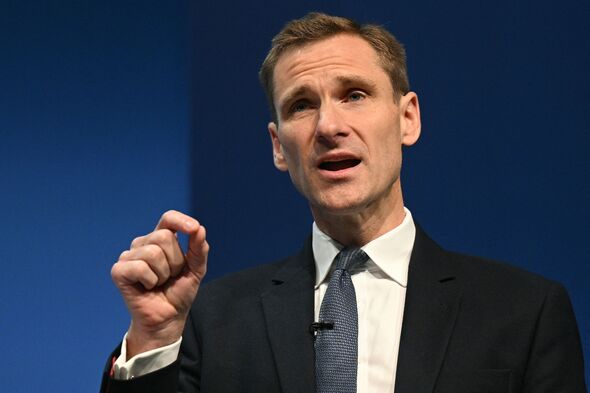EU leaders are actively exploring alternative financial solutions to support Ukraine ahead of a crucial summit in December 2023. Following an inconclusive meeting, they have tasked the European Commission with identifying options to address Ukraine’s pressing financial and military needs for the upcoming year and beyond. This decision comes amidst concerns about the sustainability of foreign assistance, which has been notably affected by the previous administration’s policies in the United States.
President Volodymyr Zelenskyy has emphasized the urgency of the situation, stating that Ukraine will require financial support “from the very beginning” of 2024. He expressed uncertainty about the feasibility of securing adequate funds, saying, “I don’t know if it’s possible. Not everything depends on us.” The European Union’s response is critical, as the landscape for foreign aid continues to evolve.
Challenges with the Reparations Loan
One of the primary proposals under consideration is a reparations loan, initially designed to utilize immobilized assets of the Russian Central Bank. This plan aimed to provide Ukraine with a significant loan of €140 billion, disbursed gradually and contingent upon Russia’s future compensation for war damages. However, the viability of this proposal has been challenged, particularly by Belgian Prime Minister Bart De Wever, who has raised concerns regarding potential repercussions from Russia and the need for robust guarantees from fellow EU member states.
Despite these reservations, European Commission President Ursula von der Leyen defended the reparations loan concept, stating it is “legally sound” and can be refined to address outstanding concerns. Danish Prime Minister Mette Frederiksen echoed her support, asserting that this approach is the only viable solution to ensure that Russia ultimately pays for the damages inflicted upon Ukraine.
Exploring Alternative Financial Options
If the reparations loan fails to gain consensus, the European Commission faces a pressing need to identify alternative funding mechanisms. One possibility involves issuing new debt on behalf of EU member states to support a loan for Ukraine. This approach mimics earlier financial assistance efforts but raises concerns about further burdening Ukraine, which is already contending with significant reconstruction costs.
Another avenue could involve bilateral agreements between individual EU nations and Ukraine. Historically, countries like Germany and Denmark have provided substantial military aid, while others lag behind. Such agreements could facilitate ongoing support but might lead to inconsistencies in aid levels due to political changes within member states.
Additionally, the Commission could consider a bridge loan to address Ukraine’s most immediate financial needs temporarily. This interim solution would provide essential support while longer-term discussions about the reparations loan continue. Although this option may be politically easier to implement, it risks postponing the more comprehensive financial strategies that are ultimately necessary.
As the December summit approaches, the urgency of the situation continues to grow. EU leaders must navigate complex political dynamics and financial realities to deliver a cohesive and effective response to Ukraine’s pressing needs. The stakes are high, and the decisions made in the coming weeks will significantly impact Ukraine’s future and the European Union’s role in supporting it.







